Eostre: the Goddess of Renewal and the Pagan Origins of Easter
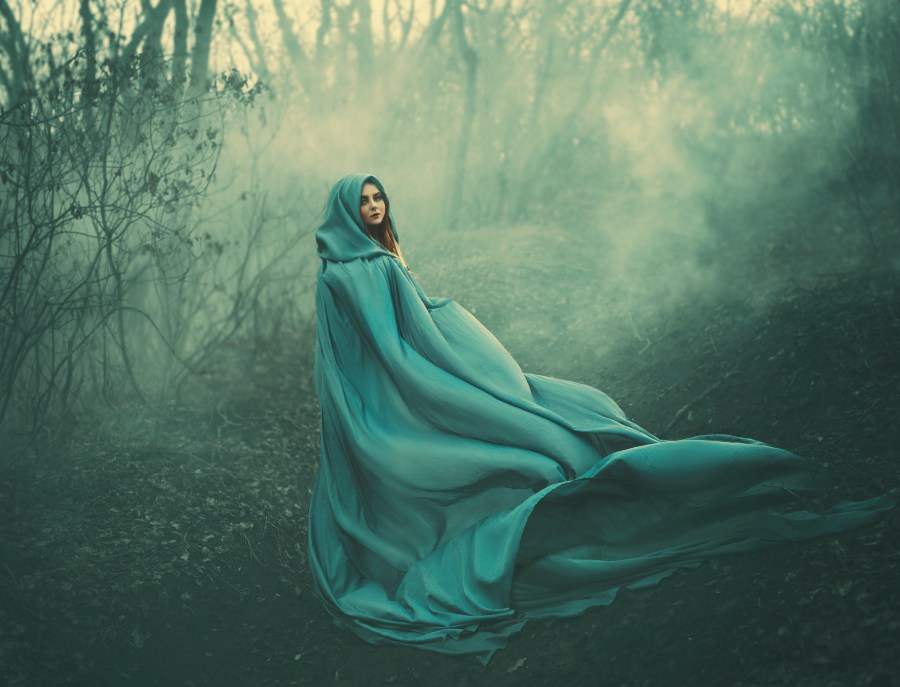
While Easter is a Christian holiday, many of the customs associated with it have their roots in pagan traditions. While some scholars argue that the word Easter comes from “Pesach,” the Hebrew word for Passover, others believe it was derived from an Anglo-Saxo spring goddess called Eostre.
If the latter is correct, how did Eostre’s legacy become intertwined with Christianity? Join us as we travel back through history to reveal the pagan origins of several modern-day Easter traditions.
Who Is Eostre?
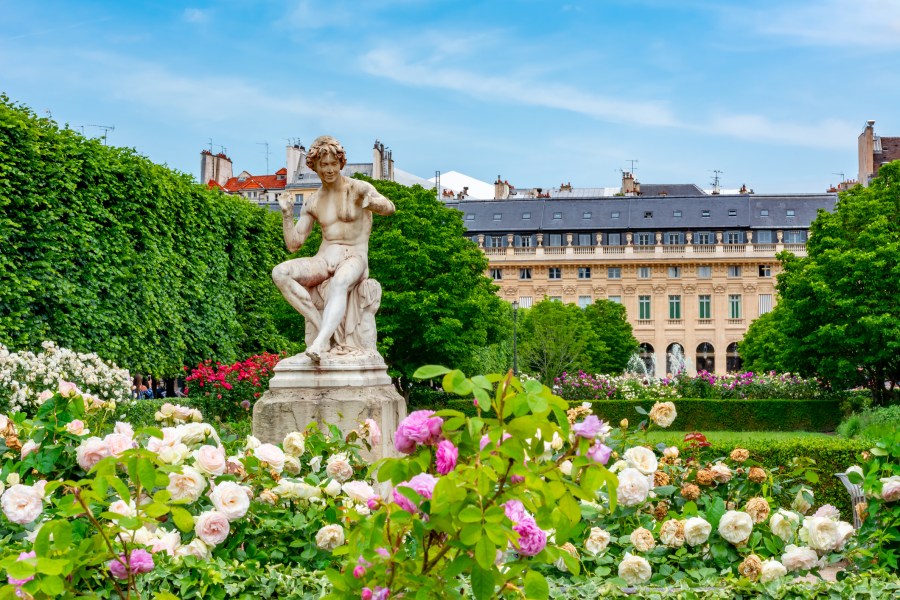
Ironically, much of what we know about Eostre comes from a 7th-century Christian monk named Bede. In his work, Temporum Ratione, Bede described how the month of April then came to be known as Eosturmonath,
“Eosturmonath has a name which is now translated “Paschal month”, and which was once called after a goddess of theirs named Eostre, in whose honor feasts were celebrated in that month. Now they designate that Paschal season by her name, calling the joys of the new rite by the time-honoured name of the old observance.”
Hundreds of years later, Jacob Grimm of “Brothers Grimm” fame claimed to have found evidence of the goddess’ existence among Germanic tribes. In his essay Deutsche Mythologie, Grimm wrote,
“Ostara, Eastre seems therefore to have been the divinity of the radiant dawn, of upspringing light, a spectacle that brings joy and blessing, whose meaning could be easily adapted to the resurrection-day of the Christians’ God.”
Was Easter Named After Eostre?
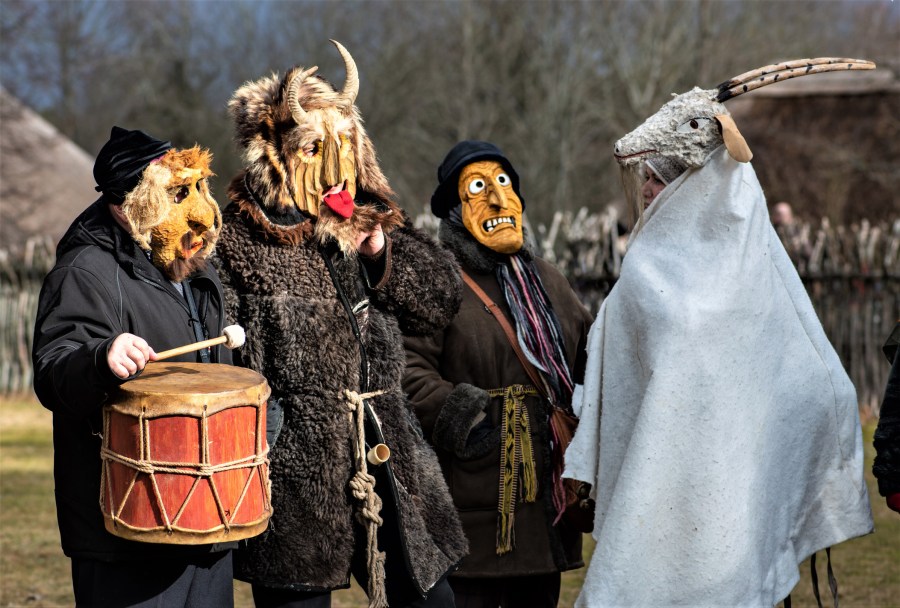
Aside from these brief historical mentions, we don’t know a whole lot about Eostre. While this tends to be the main argument of those who claim she never existed, history is rarely quite so simple. After all, the early church’s custom of aligning Christian holidays with older pagan celebrations is far from a secret.
Additionally, the church wasn’t always so tolerant when it came to preserving pagan traditions as Christianity spread around the world. In reality, we may never know for sure whether or not Eostre was indeed the namesake of Easter, though it’s certainly possible.
Admittedly, the number of Easter customs attributed specifically to Eostre today may indeed have become a bit overblown. But Easter certainly incorporates its fair share of customs from pagan traditions in general.
Easter and the Spring Equinox
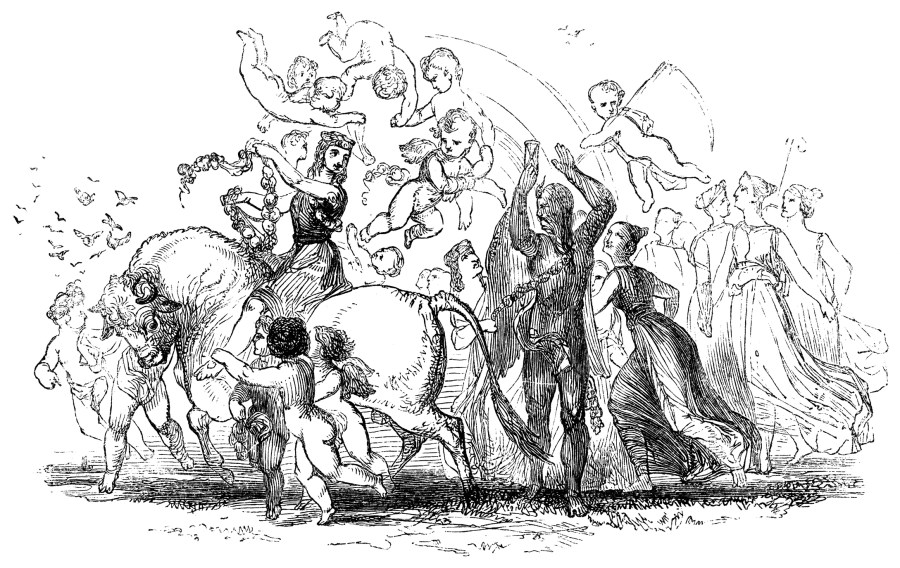
One of Easter’s most obvious connections to pagan tradition is that each year its date is always determined based on the moon and the arrival of the spring equinox. Since ancient times, the spring equinox has been celebrated as a time of rebirth and resurrection after the dark, cold days of winter.
As a result, many different cultures throughout history have celebrated the resurrection of their deities in line with the arrival of spring. The earliest example can be found in the Sumerian text of The Descent of Inanna, the oldest known epic poem in the world, which dates back to around 2000 BCE. Similar tales of the death and resurrection of divine beings can be found in most cultures throughout history. Some of them include Egypt’s Osiris, the Norse’s Odin, the Roman’s Attis, and the Greek’s Persephone.
In this light, it makes sense that Jesus Christ’s resurrection would be celebrated in line with the spring equinox as well. And that it would likely pick up various traditions from other belief systems that had long celebrated this time as one of rebirth and renewal.
The Origins of the Easter Bunny

Where do popular traditions like the Easter Bunny come in? Keep in mind that pagan spring rituals were all about rebirth, the planting of crops, and the celebration of new life. Rabbits have long been a symbol of fertility due to the fact that female rabbits can have so many babies in one litter.
The rabbit’s ties to Easter are likely also a result of the ancient Greek belief that virgin rabbits could reproduce without the help of a boy rabbit. Apparently, this belief persisted until medieval times, but by then the rabbit had also been associated with the virgin birth.
The Easter Bunny of today is likely a descendant of Germany’s Osterhase, a magical hare who went around laying eggs for good children at Easter. German immigrants brought the Osterhare to America in the 1700s, where his notoriety continued to spread. Ultimately, he also began delivering chocolate in addition to eggs, which is probably due to the simple fact that chocolate is far more fun.
The Origins of Easter Eggs
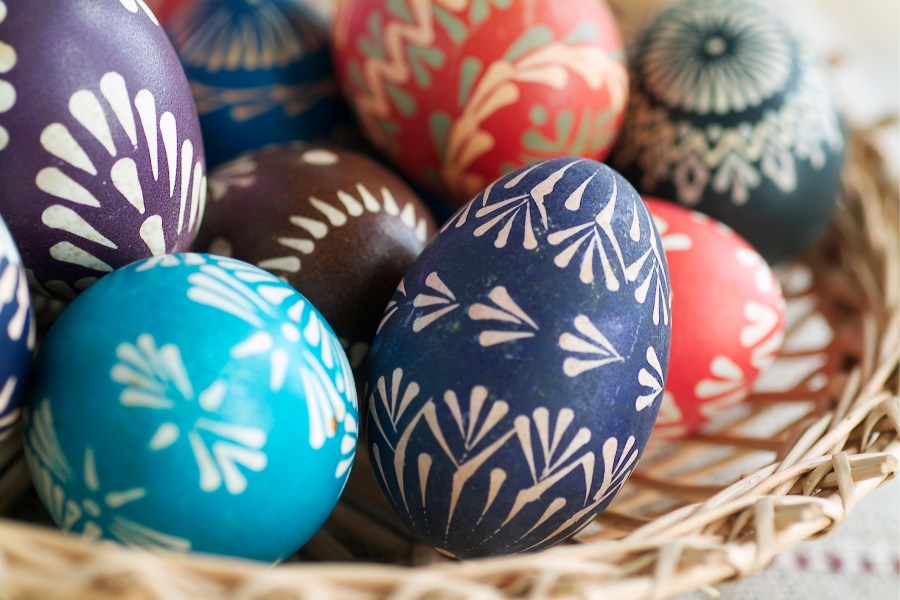
But why does the Easter Bunny deliver eggs – especially considering that rabbits are mammals and don’t actually lay them? Much like rabbits, eggs have long been symbolic of new life throughout various cultures. To this day, some pagans still use eggs in their spring equinox celebrations in much the same way Christians do. Along with hunting for and painting eggs, some of their rituals include acting out the story of Mother Earth and the rebirth of the Green Man each spring.
Eggs likely began being associated with Easter back in the Middle Ages, when eggs were one of the foods that were forbidden to eat during lent. So Christians would hard boil eggs and even decorate them in anticipation of once more being able to eat them again on Easter.
Over the years, eggs have also come to be associated with Jesus’ tomb by many Christians and cracking them as a symbol of Christ’s resurrection. While many of the Easter traditions we celebrated today may not be as closely associated with Eostre as some people think, they are closely tied in with spring equinox symbols and celebrations that have been around for centuries.
Each year billions of people around the world continue the ancient tradition of celebrating the arrival of spring. Regardless of which particular customs you choose to observe, know that you’re taking part in an age-old celebration that quite possibly dates back to the beginning of time.





